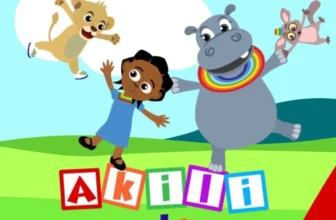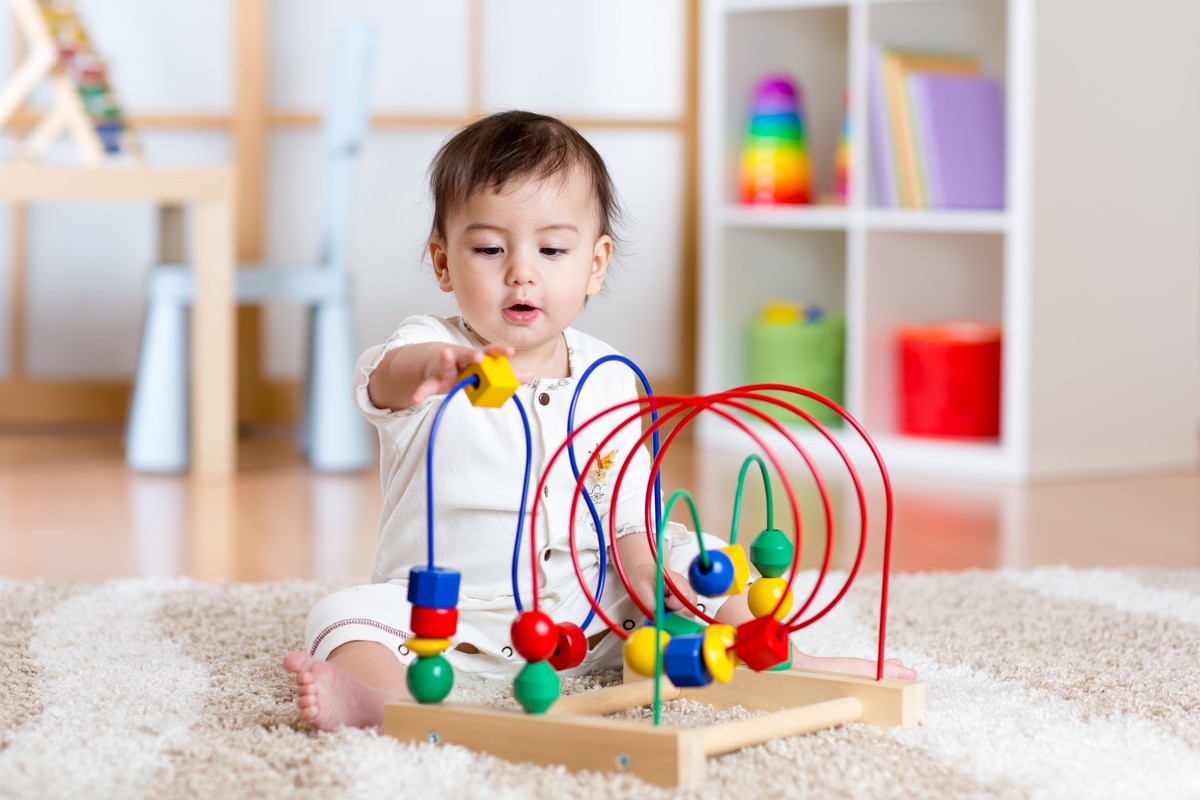
Understanding when and how babies start playing with toys offers a fascinating glimpse into their development and learning processes. This blog post delves into the stages of infant play, highlighting the importance of sensory exploration, the development of motor skills, the role of social interactions, cognitive growth through toy exploration, milestones in symbolic frolic, the necessity of selecting appropriate toys, and how caregivers can support and enhance these play-based learning opportunities.
Table of Contents
Early Sensory Exploration: The Foundation of Infant Play
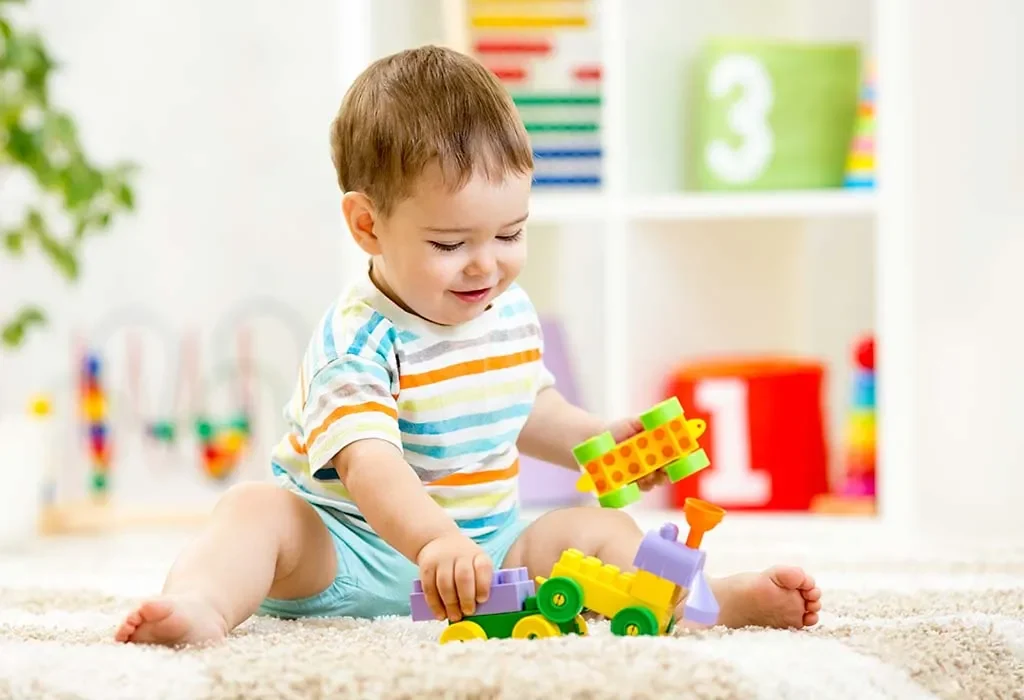
Source: parenting.firstcry.com
From birth, infants are primed for sensory exploration, which forms the foundation of their play. This early stage is characterized by babies responding to tactile, visual, and auditory stimuli. Simple activities like looking at high-contrast patterns or listening to soft, melodious sounds stimulate their senses and pave the way for more complex play. This sensory frolic is crucial, as it aids in the development of neural pathways, enhancing cognitive, motor, and social skills.
Emergence of Grasping and Manipulative Skills
Around the age of 3 to 6 months, babies begin to develop grasping and manipulative skills. This period marks a significant milestone in their ability to interact with toys. Initially, their movements are reflexive, but they gradually gain purposeful control, allowing them to hold and manipulate objects. This exploration is essential for fine motor skill development, as it encourages babies to experiment with different grips, textures, and the effects of their actions on objects. If you’re lacking the right toys for children’s best development you should search for some of the options available at PayLater Marketplace.
Social Interaction: Playing with Caregivers and Peers
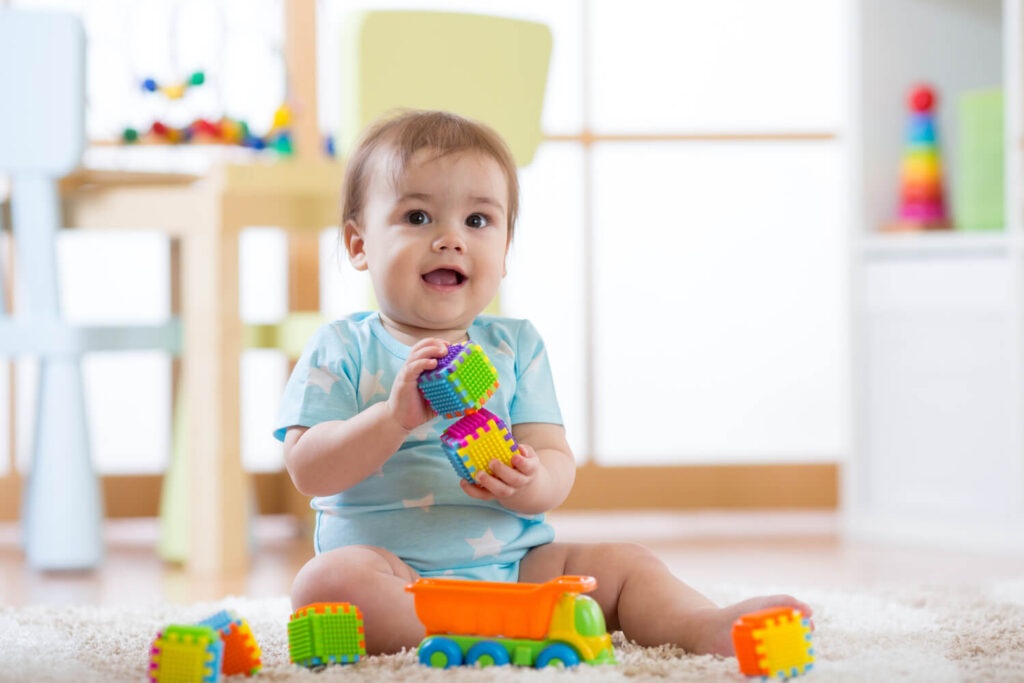
Source: beingtheparent.com
As infants grow, their play becomes more social. Engaging with caregivers and peers through play is pivotal for emotional and social development. Around 6 to 9 months, babies show preference for social frolic, enjoying peek-a-boo and other interactive games. This interaction helps them understand social cues, develop empathy, and learn the basics of communication. It also strengthens bonds with caregivers, providing a sense of security and belonging.
Cognitive Development Through Toy Exploration
Toy exploration is a vital component of cognitive development. By the age of 9 to 12 months, infants become more curious about their environment, using toys to experiment and solve problems. This hands-on exploration aids in understanding cause and effect, problem-solving, and decision-making. Toys that encourage exploration, such as blocks or puzzles, are particularly beneficial, as they challenge infants to think critically and develop spatial awareness.
Milestones in Symbolic Play and Imagination
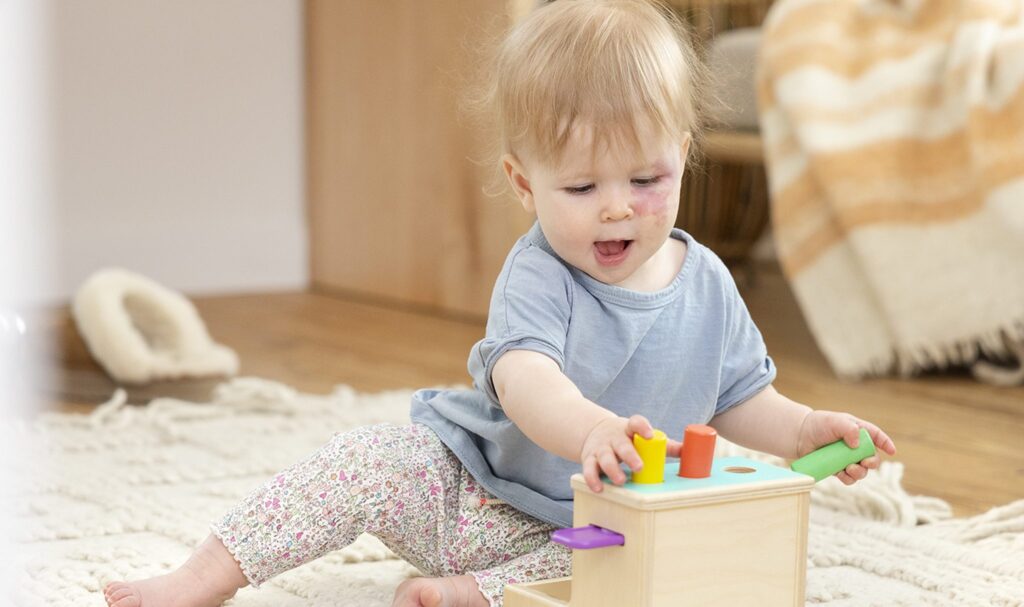
Source: lovevery.com
Between 12 to 18 months, infants reach milestones in symbolic play and imagination. This stage is characterized by the use of objects to represent something else, such as pretending a block is a car. This imaginative frolic is crucial for language development and creativity, as it allows babies to express ideas and emotions through symbols. It also lays the groundwork for more complex play scenarios and social interactions in the future.
Importance of Safe and Developmentally Appropriate Toys
Selecting safe and developmentally appropriate toys is crucial for infant play and learning. Toys should match the child’s developmental stage, stimulating growth without posing risks. For instance, sensory toys are ideal for newborns, while puzzles and building blocks are more suited for toddlers. Ensuring toys are safe, without small parts that could be swallowed, is paramount. This careful selection aids in maximizing the benefits of frolic while minimizing potential hazards.
Supporting and Enhancing Play-Based Learning Opportunities
Caregivers play a vital role in supporting and enhancing play-based learning opportunities. By providing a variety of toys and engaging in interactive frolic, caregivers can foster an environment ripe for development. Observing the child’s interests and offering toys that challenge yet do not frustrate them is key. Moreover, setting aside dedicated playtime and participating in frolic can significantly enrich the learning experience, encouraging exploration, imagination, and social skills.





